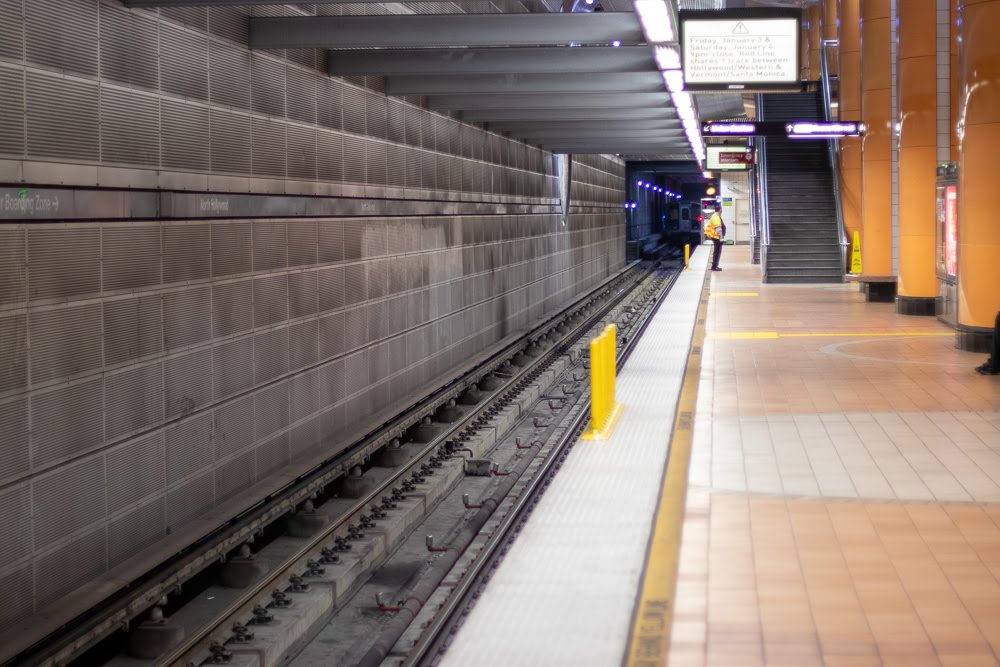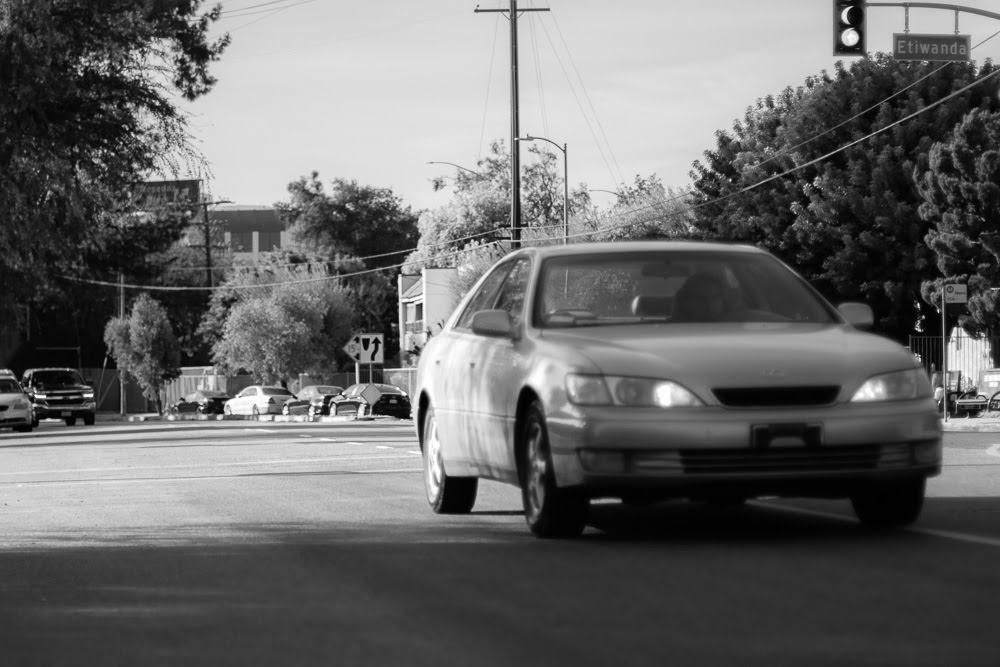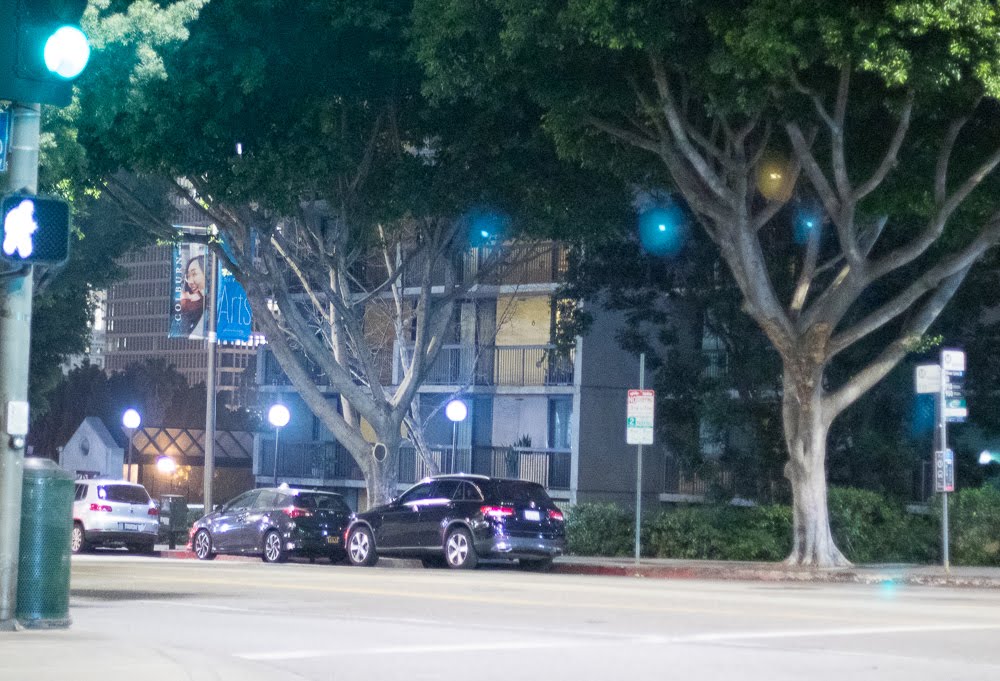New York, NY (October 17, 2025) – On Thursday evening, October 16, two people were struck by subway trains on the same line.
According to the Metropolitan Transportation Authority, the incidents occurred at separate locations: one person was struck at Atlantic Avenue–Barclays Center in Brooklyn, and a second person was struck at 116th Street in Manhattan.
Emergency responders arrived promptly to provide medical attention. The extent of the injuries sustained by both individuals has not yet been disclosed. As a result of the incidents, the Nos. 2 and 3 trains are experiencing severe delays in both directions. The Nos. 4 and 5 trains are also affected. The MTA has advised commuters to use the No. 1 train or the A, B, C, and D trains as alternatives.
We hope for the rapid recovery of those hurt in the accidents.
Common Injuries from Subway Accidents in New York
Subway-related accidents can result in a wide range of injuries, often depending on the speed of the train, the nature of the collision, and whether protective measures were in place. Common injuries include:
- Traumatic injuries: Being struck by a moving train can cause severe trauma, including broken bones, head injuries, and spinal injuries. Even a glancing impact can result in fractures or concussions that require immediate medical attention. In some cases, such injuries can be life-threatening.
- Soft tissue injuries: Sprains, strains, and bruising are common, particularly when victims are thrown or fall onto hard surfaces. These injuries may seem minor at first but can lead to longer-term pain or mobility issues if left untreated.
- Internal injuries: Collisions can cause damage to internal organs or internal bleeding, which may not be immediately visible. Rapid medical evaluation is critical to prevent complications and, in severe cases, protect against fatal outcomes.
- Psychological impacts: Surviving a subway accident can also have emotional and psychological effects, including anxiety, post-traumatic stress, or fear of using public transportation. Mental health care may be necessary alongside physical recovery.
- Fatal outcomes: While many subway accidents result in injuries, some can unfortunately be fatal. When a death occurs, it is important to approach the situation with sensitivity and provide condolences to the families affected.
Understanding the range of possible injuries underscores the importance of immediate medical attention, careful documentation, and, if needed, legal guidance. Victims may require ongoing treatment, rehabilitation, and legal support to address medical costs, lost income, and other damages. That is why, if you or a loved one has been injured in a subway accident in New York City, a knowledgeable New York City subway accident lawyer can provide guidance, help navigate claims, and pursue compensation.
At Keith D. Silverstein & Associates, our team is dedicated to assisting accident victims throughout New York City. Call 866-478-3465 today for a free consultation to discuss your rights and legal options.
Notes: The information in this accident news post is gathered from secondary sources, including official police and fire department reports, media coverage, and eyewitness statements. Our team at Keith D. Silverstein & Associates has not independently verified all details. If you notice any inaccuracies, please contact us so we can make prompt corrections. Should you wish for this post to be removed, we will honor your request as quickly as possible.
Disclaimer: These posts are meant to highlight the dangers of serious accidents in our region and promote safer driving. Photos used are not from the actual scene. This content is not legal or medical advice and is not intended as a solicitation for business.




